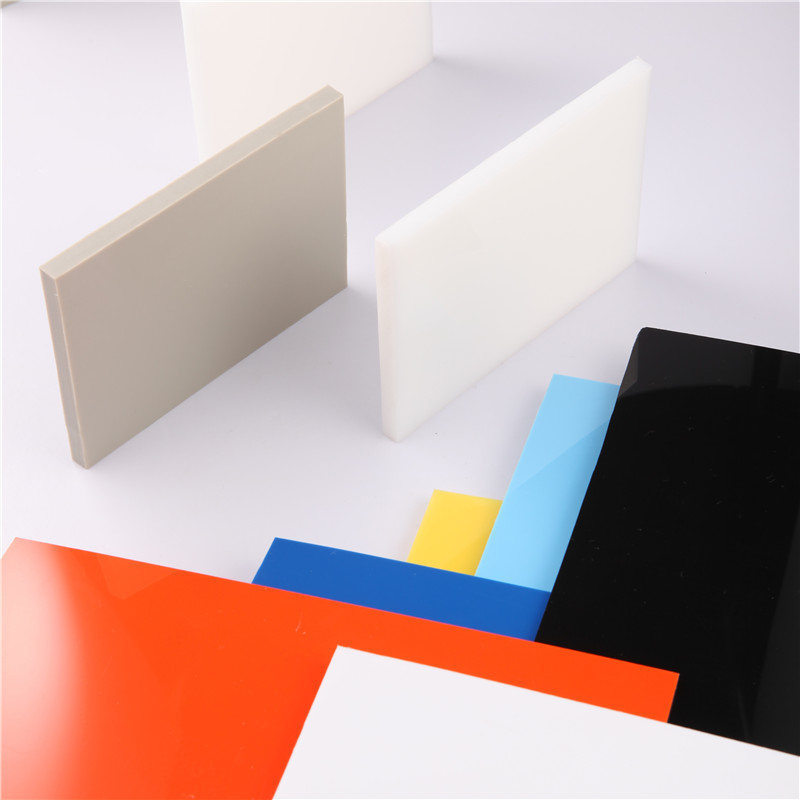Sep . 25, 2024 01:08 Back to list
hdpe irrigation pipe fittings
Understanding HDPE Irrigation Pipe Fittings A Comprehensive Overview
In the world of modern agriculture and water management, the role of efficient irrigation systems cannot be overstated. High-Density Polyethylene (HDPE) pipe fittings have emerged as a popular choice for many farmers and landscape professionals due to their durability, flexibility, and resistance to various environmental factors. This article delves into the importance, benefits, and various types of HDPE irrigation pipe fittings, as well as their applications in effective irrigation systems.
What are HDPE Pipe Fittings?
HDPE pipe fittings are components made from high-density polyethylene, a thermoplastic known for its robust nature. These fittings serve as connectors or joints that link HDPE pipes together, allowing for the seamless flow of water in irrigation systems. Available in various shapes and sizes, these fittings include elbows, tees, reducers, and end caps, each designed to accomplish specific functions within the irrigation system.
Advantages of HDPE Fittings
1. Durability One of the most significant benefits of HDPE fittings is their exceptional durability. They are resistant to corrosion, rust, and chemicals, making them ideal for irrigation environments where soil, fertilizers, and pesticides are present. This longevity reduces the frequency of replacements, leading to long-term cost savings.
2. Flexibility Unlike rigid piping materials, HDPE fittings are flexible, allowing for easier installation in challenging terrains. This characteristic is particularly advantageous in hilly or uneven landscapes, as the fittings can bend and adjust without the risk of breaking.
3. Leakage Prevention The fusion welding ability of HDPE means that joints can be connected without creating joints that may lead to leaks. This characteristic enhances the overall efficiency of the irrigation system, ensuring that water is delivered precisely where it is needed without loss through leaks.
4. Lightweight HDPE fittings are significantly lighter than traditional materials such as metal or concrete. This feature not only simplifies transport and handling but also reduces installation costs, as less manpower and equipment are needed.
5. Cost-Effective Over time, the investment in HDPE fittings can lead to reduced operational costs. Their longevity, minimal maintenance needs, and efficiency in water delivery can ultimately result in lower utility bills and increased crop yields.
Types of HDPE Fittings
There are several types of HDPE irrigation pipe fittings, each serving different purposes in an irrigation system
hdpe irrigation pipe fittings

- Elbows Used to change the direction of the water flow, elbows come in various angles, such as 90 degrees or 45 degrees
.- Tees Tees allow for branch connections in the irrigation line, enabling water to flow to multiple directions.
- Reducers These fittings connect pipes of different diameters, facilitating smooth transitions in water flow and pressure management.
- End Caps Employed to seal the end of a pipe run, they prevent water flow, maintaining system integrity.
Applications in Irrigation
HDPE irrigation pipe fittings are utilized across various agricultural settings, including
- Agriculture Farmers use these fittings for drip and sprinkler systems, ensuring precise water application to crops, enhancing growth and yield.
- Landscape Irrigation In residential and commercial landscaping, HDPE fittings provide efficient watering solutions that help maintain healthy gardens and lawns.
- Municipal Water Systems Municipalities use HDPE fittings for water distribution networks, taking advantage of their long lifespan and low maintenance requirements.
Conclusion
In summary, HDPE irrigation pipe fittings represent a significant advancement in the field of irrigation technology. Their durability, flexibility, and cost-effectiveness make them an excellent choice for agricultural, landscaping, and municipal applications. As water conservation becomes increasingly crucial in our world, the use of HDPE fittings in irrigation systems techniques demonstrates a commitment to efficient water management, sustainable agriculture, and ultimately, a healthier planet. The integration of these fittings into irrigation practices ensures not only optimal plant growth but also the responsible use of one of our most precious resources — water.
-
Premium PVC Round Rods: Durable, Chemical Resistant, Easy to Machine
NewsAug.11,2025
-
PP U-channel: Chemical-Resistant, Lightweight & Durable
NewsAug.10,2025
-
Transparent PVC Pipe: Clear Flexible Tubing for Fluids
NewsAug.09,2025
-
Durable PP Rigid Sheet: Versatile & High-Quality Plastic Panels
NewsAug.08,2025
-
Premium Glossy PP Rigid Sheet – Durable & Versatile
NewsAug.07,2025
-
High-Quality HDPE Sheet | Durable Plastic Panels
NewsAug.06,2025

